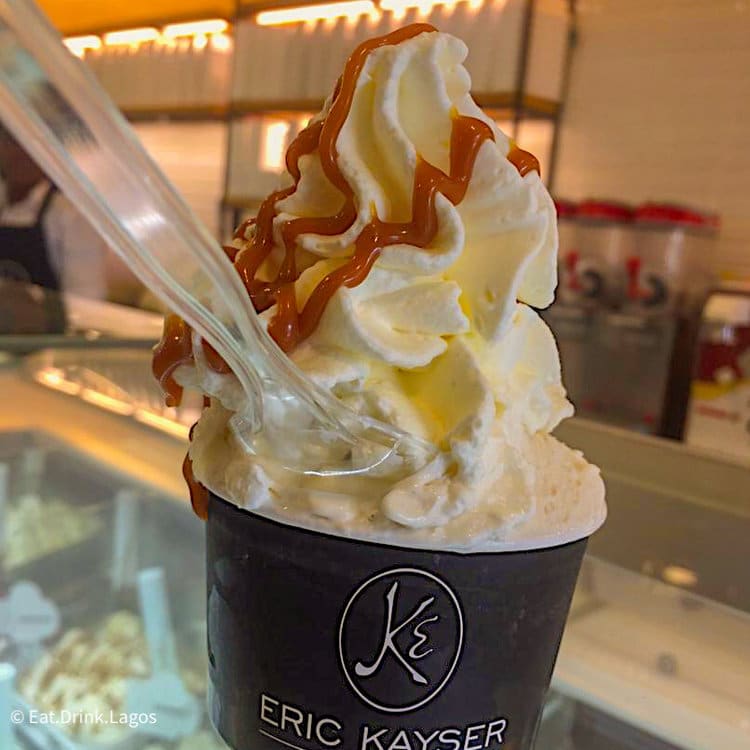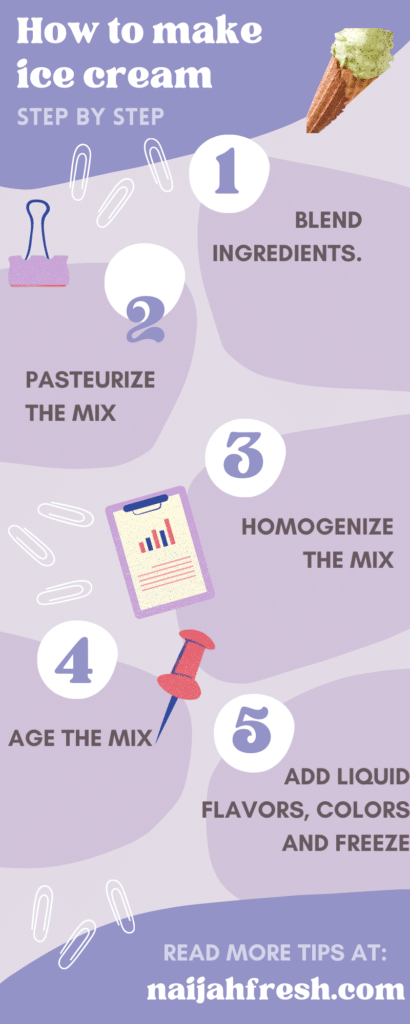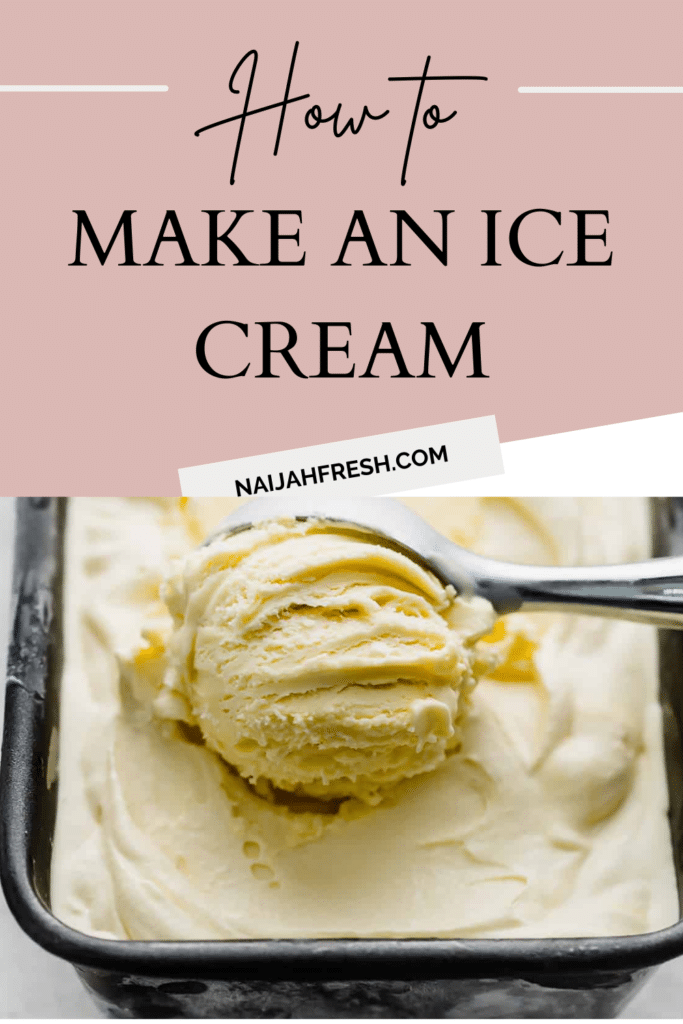What is Ice cream?
Ice cream is a composition of cream, milk, sugar, and sometimes other ingredients like colors, flavorings, nuts, fruits e.t.c that have been frozen into a soft, creamy, and rich delight using a special technique.
It is dairy-based frozen food normally consumed as desserts. Due to its growing popularity, there are now different types of ice cream which include regular ice cream, lite ice cream, low-fat ice cream, non-fat ice cream, frozen custard, and frozen yogurt. There are still more out there as a result of people and creamery companies tinkering with the basics to get their personalized treats.
It is one of the most special treat options out there which offers a refreshing, rich, and creamy confection in hot weather like ours.
However, using flavoring to differentiate ice cream, we have the following ice cream flavors listed below in order of their popularity:
- Vanilla ice cream
- Chocolate ice cream
- Mint chocolate ice cream
- Cookie dough
- Strawberry
- Buttered pecan
- Banana
- Caramel
- Toffee
The order of popularity of these ice cream flavors varies from region to region. For instance in the Philippines, banana ice cream commands the lead while chocolate ice cream flavor is the number in the US. In Africa, like Nigeria, vanilla ice cream topped the list. There are still hundreds of flavors one can whip up with.
Ingredients for Icecream


How to make an ice cream step by step

Mixing of Ingredients
Ice cream dry ingredients are weighed and added to the mix in the tank or container. In order to ensure that the mixing is done correctly, you would have to mix the dry ingredients thoroughly with part of the sugar and add the remaining part later. Achieving the desirable result also requires sifting these dry ingredients like powdered milk and gradually adding these dry ingredients into the mix while churning the entire mix slowly. In fact these are being done in order to ensure that the dry ingredients are suapended in the mix. This is to avoid lumpiness of the ice cream mix. If the ice cream recipe calls for gelatin or other stabilizers and emulsifiers, this is the perfect time to add them.
Using an ice cream maker to blend the ice cream ingredients is well advised. This is because during the churning/mixing process, it adds air bubbles to the mix.
Pasteurize the mix
This is simply a process whereby the the ice cream mixture is heated up to kill the pathogens and also extend the shelf life. The mix is treated to a mild heat usually below 100 °C. and is quickly cooled down to a temperature of between 0°C and -4°C for few hours. In some commercial manufacturing plants, it can cool for longer as flavorings and colorings are added at this stage.
Homogenize the mix
Ice cream containing fat globule must be homogenized. Since most ice creams do contain fats and oils, it becomes necessary. The idea behind homogenization is to decrease the size of the fat globule which in turn results to a stable emulsion, creamier and smoother ice cream. Homogenization also helps the emulsifiers and stabilizers blend well as it is added at this stage.
Age the mix
The ice cream mix is aged at 5°C or below it for 4 hours or 24 hours under continous agitation.
It doesn’t need to freeze at this point. Ageing process improves the mixture’s whipping quality, as well as the texture and body of the product. Ageing allows the milk fat to partially crystallize and also gives the proteins stabilizers time to hydrate. It is impoertant to note here that as the aging time increases, there is an increase in the viscosity values, overrun and solidification of the ice cream mix.
Freeze the mix
This process consist freezing the ice cream mix as well as incorporating air into the mix. This process can be achieved in two ways; Batch method and Continuos method.
The addition of air is called overrun and it contributes to the lightness or denseness of ice cream. It is standard to have air as the half of the gross weight of ice cream. Some ice cream makers have knobs where you can set to adjust the level of overrun one wants. Premium ice creams like Coldstone for instance have less overrun (approx 80%) and are more dense than regular ice cream. Fruits, nuts, candies can be added at this point.
Package the mix
It’s time to get your ice cream mix into your desired containers. Oil resistant paper is advised.
Harden the mix
The ice cream is rapidly cooled down to a holding temperature of range of -20°C to -30°C for 6 to 8 hours for bigger packages and around 1 hour for smaller ones. Cooling the ice cream rapidly will promote quick freezing of water and help create small ice crystals. The hardened ice cream is then stored at around -25°C. The hardening process completes the ice cream making process and harden the product so that it doesnt melt quickly. Even at this temperature, there are still portions of liquid which have not frozen. If all the liquid were to be frozen, ice cream would be like ice cube.


